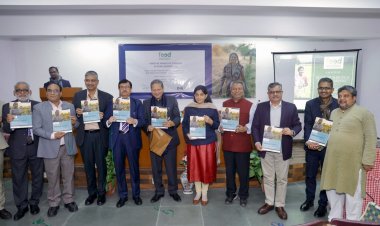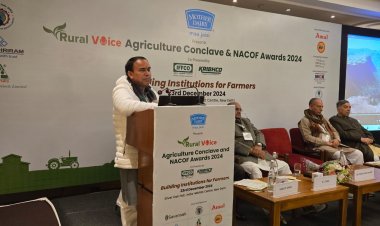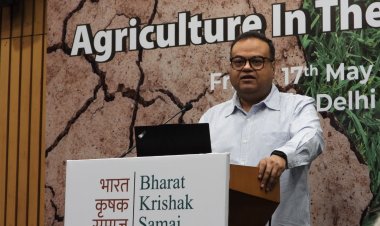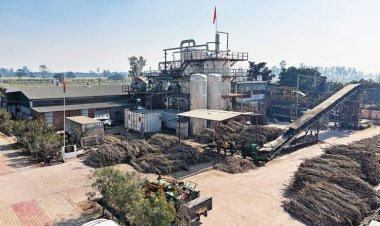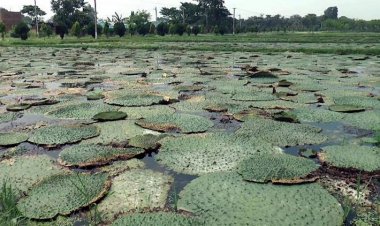Fear of decline in rice production looms large as acreage down by 3.1mn ha and mystery ‘dwarfing’ disease hits in Punjab and Haryana
The paddy acreage during the current Kharif season lags behind that last year by 3.1mn ha. The fear of a decline in rice production had already set in due to this reduction in paddy acreage. But an unknown mystery “dwarfing” disease of the paddy crop in Punjab, Haryana and Uttarakhand has exacerbated the worries of the farmers in the past one month. In most of the paddy varieties, the growth of up to 10-20 per cent of the plants has been stunted — they are not growing with other plants in the field. Scientists believe that the reason could be a biological one — a virus or a bacterium.

The paddy acreage during the current Kharif season lags behind that last year by 3.1mn hectares (ha). According to the figures released by the government on Sunday evening, the paddy acreage stands at 34.37mn ha up to August 18 while last year it was 37.46mn ha in the same period. The fear of a decline in rice production had already set in due to this reduction in paddy acreage. But an unknown mystery “dwarfing” disease of the paddy crop in Punjab, Haryana and Uttarakhand has exacerbated the worries of the farmers in the past one month. In most of the paddy varieties, the growth of up to 10-20 per cent of the plants has been stunted — they are not growing with other plants in the field. This has aggravated the fear of a decline in paddy production.
The farmers’ difficulty is that agricultural science and research institutes have so far been unable to identify the problem in the paddy plants — whether the growth in the plants is being stunted due to the lack of fertile nutrients in the soil or due to a bacterium or a virus. However, Dr A.K. Singh, Director, Indian Agricultural Research Institute (IARI), Pusa, says, “The reason behind this disease seems to be more a biological one. We have taken its samples and begun to work on identifying the problem.”
Speaking to Rural Voice in this regard, Dr A.K. Singh said, “Plants stop growing in this disease about 20 days after being transplanted. Besides, the roots of these plants also stop developing and turn dark.” He added, “There was a possibility that the reason behind this could be the deficiency of micronutrients in the soil, but this would have affected the entire field, not just a few plants. So, the reason seems to be more of a biological one.”
Dr Singh said that he had visited Punjab and Haryana himself and observed the disease in the fields. The institute has brought samples of these plants to identify the reason behind the disease. According to Dr Singh, the grassy stunting plants (GSP) virus could be the reason behind this disease. Besides, the mycoplasma and phytoplasma bacteria, too, could be causing this disease. “We have isolated DNA from its samples. Which have shown the growth of phytoplasma. We have sent these for gene sequencing, after which the problem will be correctly assessed.”
The picture given below shows the plants affected in a paddy field.
Photo courtesy: IARI
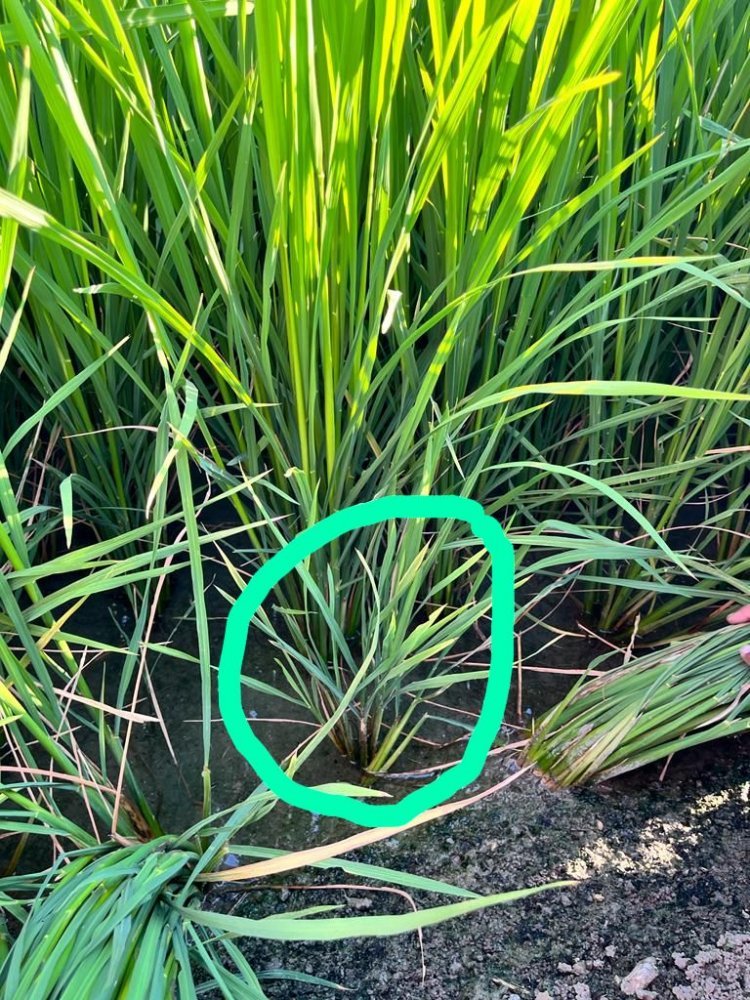
According to Dr Singh, such a problem had occurred earlier too, but it was a long time back when the states in South India had been hit by a similar disease. Talking about the level of the disease, he said, “The disease has hit most of the varieties and the extent of dwarfing ranges from 5 to 10 per cent. However, it is greater in some of the varieties. The problem is maximum in the PAU-121 variety at 20-25 per cent.”
The way the disease has spread to Punjab, Haryana and Uttarakhand, it is likely to affect production adversely. The reason behind this is that the rice productivity level in these states is up to 4.5 tonnes/ha as compared to the national average of 2.7 tonnes/ha.
On the other hand, Uttar Pradesh, Bihar, Jharkhand, West Bengal, Chhattisgarh, Telangana, Andhra Pradesh and Madhya Pradesh are among the states that have seen a decline in paddy acreage this year.
The prices of rice in the market are already increasing on the heels of increasing wheat prices. Given this scenario, if rice production declines due to the fall in crop acreage and the losses arising on account of the high-productivity states being hit by this unknown disease, it may impact the rice prices within the country as well as its export prospects.



 Join the RuralVoice whatsapp group
Join the RuralVoice whatsapp group

















